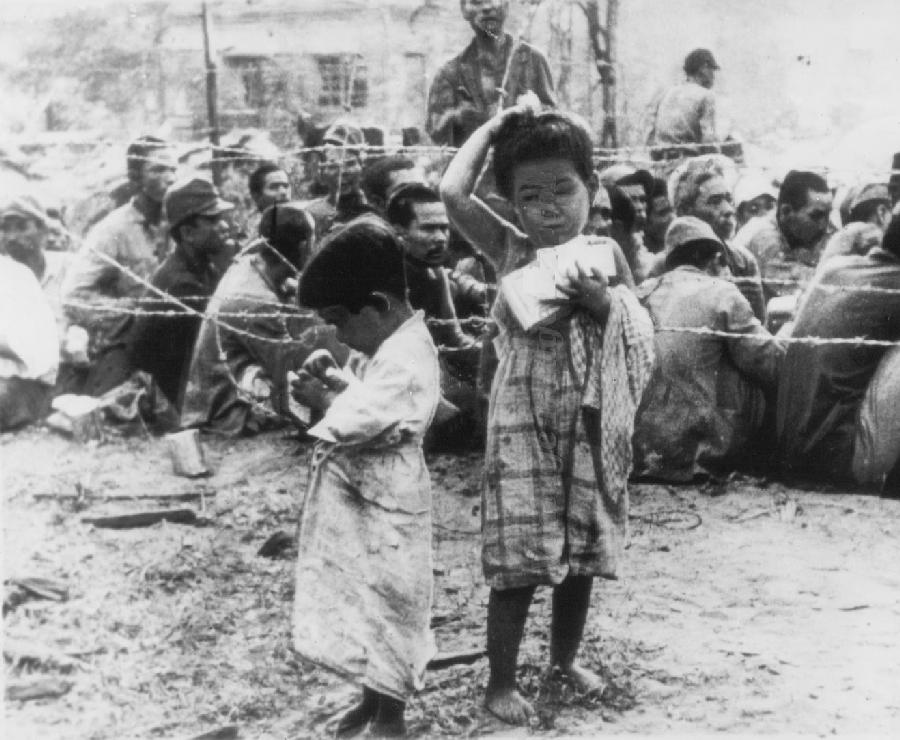
Figure 1.--The first American offensuve in World War II occurred on Guadalcanal (August 1942). American Marines encountered an iutractable enemy. He reused to surrender. Even wounded soldiers refused and would even try to kill meduics try to treat them. This continued on one island after another. Only a handful of prisoners were taken, many so badly wounded that they could not resist being captured. Saipan wa different than all the other islands to that point because there were over 20,000 civilians on the island. American Marines and Soldiers were used to Japanese soldiers committing suiside, but now they horrified to find civiliand doing gthe samne. They were told by the military that the Americans were going to rape and torture them. The Americans returned brutality for brutality when meeting the Jaopanese soldier, but the civiians were a very different matter. Caps were set up to care for them, providing shekter, food, and mnedical care. In fact they had much more to fear from their own troops than the Americans. The caption for this July 4 photograoh read, "Candy for Youngsters, Prison for Elders: Two Japanese youngsters, holding food and candy given them by American troops , stand outside a barbed wire compound on Saipan island in the Marianas where Japanese soldiers captured during the battle are held prisoner." While few Jaoanese soldiers, virtully all of the soldiers abd civilians that did survived the War--in sharp contrast to the prioners of the Japanese. Source: U.S. Armny Signal Corps Newsreel. |

